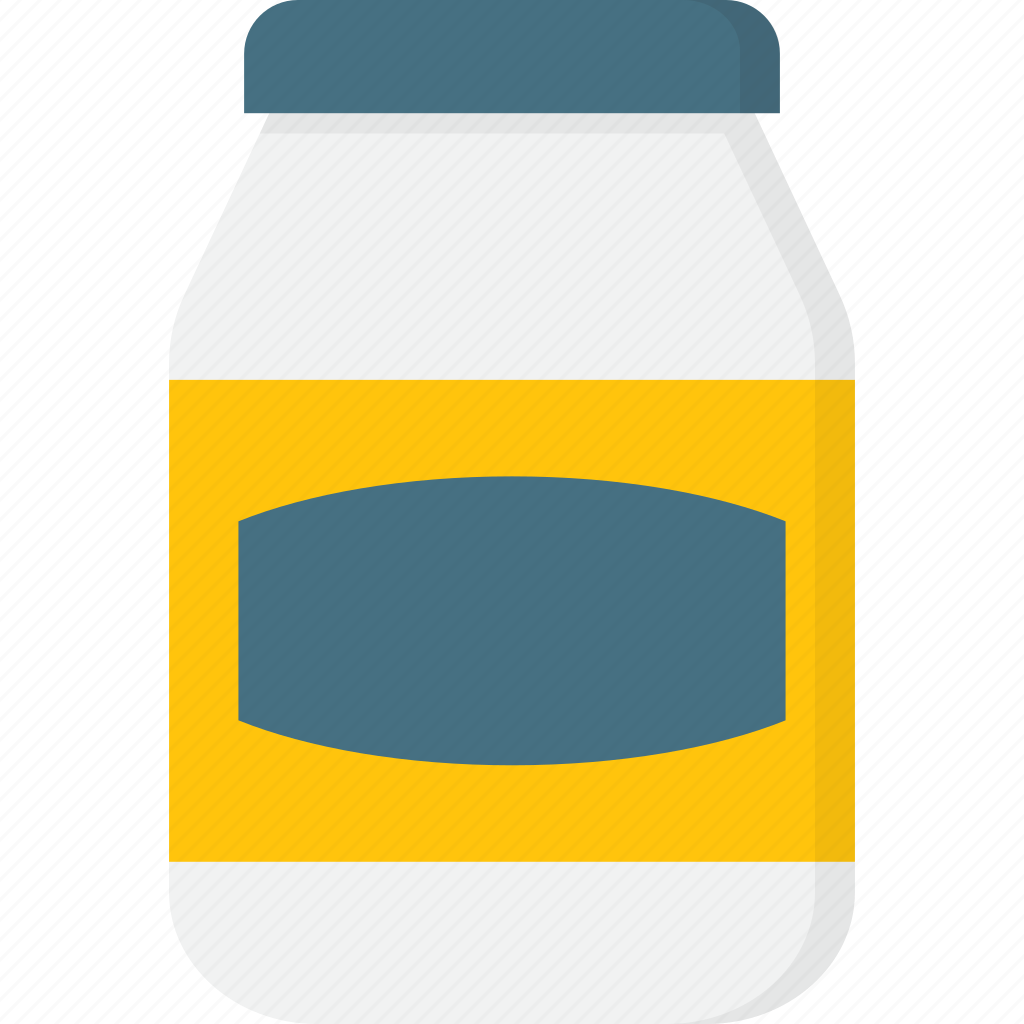I’m not saying the climate isn’t changing but you have to account for population.

You’re right but the lines are still diverging exponentially. I wonder what the age demographic is too…
Elderly and homeless
Except the slope of your graph looks like a kicker ramp while OP looks more like a quarter pipe, so it really doesn’t look like population growth can account for the uptick in heat deaths
Devil’s advocate: type of population also makes a difference. If that uptick in population is predominantly elderly, for instance, you’re gonna see the rate of susceptibility skyrocket relative to the whole.
But that is not to dismiss the reality of climate change. It just illustrates the potential for dangerously synergistic factors to be considered when evaluating risk that we’ll need to keep in mind as we try to keep existing in this ever-hotter world.
Still a 4x population increase since 1970. The point is op’s graph is misleading not climate change doesn’t exist. Even then you still have to account for demographics and such. Here’s a more dramatic graph for you:

Still a ~10x increase in heat deaths.
And I don’t know if it is misleading, why does it make sense to adjust for population here? Like, objectively more people are preventable dying from heat, and “There would be fewer preventable deaths if fewer people were around to die of preventable causes” isn’t a very satisfying answer to that problem.
When looking at data on causes of death, adjusting for population size provides important context and allows us to make fairer comparisons over time. The raw number of deaths increasing could be due to a number of factors not directly related to topic. While that isn’t the case here, it necessary to factor this in.
However, you raise a fair point - we should not lose sight of the real human impacts and absolute number of lives lost. Behind every statistic is an individual tragedy. We should have compassion for those suffering while also trying to objectively understand the data.
Perhaps there is room for nuance - we can acknowledge that adjusting for population provides useful perspective, while also recognizing that any preventable loss of life to extreme heat is highly concerning and worthy of solution-oriented discussion. If we aim for intellectual honesty and keep our shared goals of truth and human welfare in mind, we are more likely to have productive dialogues on complex issues like this. You’d call out opposing groups if they were to do this, but it’s fine if it supports a narrative you agree with? We know the climate’s changing we’ve all stepped outside. It’s not necessary to use tactics like this to gain public favor.
Ironically the oil companies back in the 60’s, did an extensive research into what exactly would happen to the climate and ecology etc, if they kept drilling for and using fossil fuel etc. It’s so accurate that even todays models aren’t that good (I find that fact odd), but bottomline, they knew… they knew, but kept on doing it anyway.
This sounds interesting. Do you have sources for these studies and models?
They are likely referring to Exxon’s research. I think they started research in the 70s which spread the earth would warm with an increase in CO2. They did quite a few studies (that they kept internal) and a good chunk of them were as good of not better than NASA’s climate models. They are not as good as our current models though. But considering they have denied CO2 linked climate change despite their own research showing it for the past 50+ years, they can go fuck themselves.
https://www.theguardian.com/business/2023/jan/12/exxon-climate-change-global-warming-research
A Dutch site, but with a bit of translation applied it should be perfectly readable from Dutch to English. Also you are not bombarded with ads unlike the original the guardian link, they link to that article and so it’s available if preferred.
I just want to say that graphs like this should be contrasted with the number of deaths from extreme cold. I know Arizona probably doesn’t have the numbers of say, Alaska, but it’s worthy of note to contrast the two.
I’d also point out that it is far easier for an individual to protect themselves against the rigors of cold than it is for heat; in the cold, with warm clothing, you can keep yourself warm, while the environment is very cold; fire is relatively easy to make, even if you have little more than sticks, and thus getting warm or keeping yourself warm is by and large easier to accomplish than staying cold.
When you’re in an extremely hot environment, it’s not like you can make yourself more naked than naked. You need some outside influence to keep you cool, like a swamp cooler, a misting sprayer, a cool body of water (like a river or lake), or some kind of man-made cooling device like an Air Conditioner, in a relatively sealed enclosure (which relies on consistent access to power to run it). most of these are either inaccessible to people in a city or built-up area; sure, there are fixtures, like fountains that contain water, usually not enough to keep them from heating up, and usually the water is recycled, so the heat stays with the water. all other water access is typically restricted to water lines, which usually someone is paying for, and nobody wants to pay to keep random people cool when they don’t have to. All man-made (air conditioner) type cooling is generally access restricted to either workplaces, homes, or businesses/storefronts, where the expectation is that you’ll be spending money there (which not everyone has).
I’m just saying, that the limiting factor to reducing death by extreme heat, is a far larger one, than death by extreme cold, where you should only need to hand out sweaters, gloves/mittens, jackets, blankets, etc, to keep people from dying from it. There’s far-end extreme cold that almost nothing will save you from short of a heated structure, but generally, places that are inhabited by people who don’t have access to safe heat and cooling (like a home), are more temperate than that extreme of cold… not exactly too many homeless people walking around the arctic or Antarctic circles…
Neither is good, but both seem inevitable; regardless we should be doing all we can to help to ensure the survival of everyone, as a species. Whether that’s saving them from the heat, the cold, from starvation or dehydration, we should be helping in any way we are able to.
To be honest, I lost track of what was your point except for the fact that we need to pair the graph with one about extreme cold deaths
Except the slope of your graph looks like a kicker ramp while OP looks more like a quarter pipe, so it really doesn’t look like population growth can account for the uptick in heat deaths
Only another 100 years or so until maybe temperatures come back down.
Maybe.
Once we are all dead and can no longer emit carbon dioxide?
No, there is a definite decomposition process that will see some heavy emissions.
Fortunately no. (Maybe fortunately).
The last IPCC climate change report predicted that shits gonna get real fucking bad for a while, but at the rate we’re going it should at least turn around sometime between 80 to 100 years.
Is there feasibly anything we can do to shorten that time? Even if it’s on a catastrophic/behemoth level of change/effort? Or is this just how it is?
The obvious answer is yes.
We could shut of all fossil fuel usage tomorrow except for where it’s needed (eg a single generator to kick start a countries power grid if things actually go down) and make a painful hard switch to renewables. We could begin using renewable energy sources to start extracting CO2 from the atmosphere.
I don’t know and can’t speak to how effective that would be, from memory the earth would continue to warm for some time to come even on their optimistic predictions.
- Build cities in the desert
- Heat up climate
- ???
- Oh god what have I done
Wake me up when it’s guillotine day.
Day of the rope? The guillotine is too nice.
Nah, fuck them both. Put the oil execs outside in the heat and let them roast.
That has a different connotation. You might want to look where it came from.
NGL… First glance at the chart I thought the left hand scale was temperature with a sudden spike to 250°… no wonder people are dying when your iced tea boils in your glass as you try to drink it!
Hello! Your title might not match the title of the article you linked! Could you please double check, and edit your post title if it indeed does not match? article title: “” (Similairity: ~0%).
BING BONG this action was performed semi-automatically by a bot (:
Oh look you can block bots
Yea, why would that not be possible?
lol, forgot to add a check to rule out tweets.
Every time I see crazy heat data for Arizona and other places like it in the US, it makes me wonder. When the fuck will we see a reversion of population trends of people moving south? Arizona, Texas, etc. are only going to get worse. Everywhere is going to get worse, but there’s a lot of rapidly growing areas that are on track to be non-viable for 1/3+ of the year within 10-20 years.
People should not be moving to Arizona, not with climate change as it is.
Yup. We moved from Texas now to be not there in 10 years when bad becomes doom.
It’s not on a happy trajectory; I also moved away.
The people who move south are the same people who don’t believe in science. So they have it coming. It’s actually good for the country.
Texas would be fine. They got the engineering talent and energy to get around it. Which they won’t because it’s Texas.
I live in the southwest and it’s definitely something I worry about. Every year it gets worse in our apartment during the summer. Our cooling bill is ridiculous for ~1/3rd of the year. The amount of heat transfer coming in through our single pane windows is insane. The walls barely seem insulated at all. On most hot days (95F/36C+) with the A/C blasting we can’t get it below 80F/26C inside.
Laws where I live require only minimum temperatures that must be met by residences, not maximums; almost nobody is freezing to death here (very rarely someone unhoused will), but people ARE dying of heat related illnesses. It makes me so angry, not only because it’s miserable to be hot all day and expensive to run the A/C as hard as we do, but because it’s so wasteful. The amount of electricity we have to use because our landlord is some bean counting, soulless corporation is sickening.
cover your windows with aluminum foil. you’ll thank me later
Also, the lizard people won’t steal your thoughts, so that’s a bonus!
I’ve invested in heat reducing window film and it’s still this bad! 😔
most of solar energy comes in as visible light, does it reflect it?
Yup, it lets some light in but it’s supposed to reflect 99% of UV and 70% of the total light. I also keep the blinds down all day, I don’t think it makes a big difference but I figure it can’t hurt.
I don’t know that the northern U.S. will be that great either in the summer. I’m in Indiana and it’s been in the 90s for weeks. When I was a kid, it was a day here or there in the 90s.
In 2030s, everyone would probably start moving to Canada
We’ll reach 100m by 2100 and it won’t be an evil plan or anything, just people forcing their way through the border because they can’t live down south anymore.
This graph also looks like the number of opioid deaths. I there is a jump of fentanyl deaths starting in 2010 and i wonder if this is related
I looked up news articles after seeing the graph. Seems to be more about elderly and homeless. People touching knobs or falling on the concrete and receiving burns is a thing, but it’s trending way up. Like 83C concrete… crazy hot.
The only reason why i said opioid is that i wss thinking people who live on the streets who are one something dont feel shit. Elderly makes sense too.
…how would literal heat death be related to some damn Fenty? Drugs ≠ fuckin heatstroke or severe burns, bruh.
We desperately need regulation for people and workers in extreme temperatures. We’ll be dealing with more and more of it as times goes on so the protections need to be in place.
And regulations for less pavement, concrete etc and more green and trees to provide shade and cooler temperatures.
You can live in extreme temperatures, provided the infrastructures are built for that (ie. Ouarzazate in Morocco).
But with the US urban planning and all for cars policy it won’t happen before it’s too late.
Trees and green in the US southwest a pipedream tbh. The only way that could possibly be achieved is by siphoning off a ridiculous amount of water from another location. Call it as it is. The US Southwest isn’t built to sustain human life.
“Pheonix is a monument to man’s arrogance”, as King of the Hill said.
It’s one of those places I think about sometimes, wondering “do people really need to live everywhere”?
And regulations to provide for the humane resettlement of climate refugees
I am starting Guerrilla gardening club. You are welcome to join. No membership dues, no pledging, just starting planting
There was an interesting study done on a city hear me which said that the lack of trees and general built design of the area had made the city’s temp go up by between 2-5C. Which is a big difference!
In my opinion, the only solution, although radical, would be to make motorists’ lives a living hell (charging for road or parking lot use, lowering speed limits to increasingly slow levels, removing on-street parking lots, prioritizing bicyles and buses, reducing bus fare prices, and converting excess parking lots to new neighborhoods) that public transport (i.e. metro and local commuter trains) and bicycle paths can be considered to reduce road traffic with the budget allocated to making new roads or maintaining currently existing ones allocated to improving the public transport system and even providing a bicycle route network that can allow us to follow in the Netherlands’ footsteps.
We’re fucked bros
I’m 110% on board with global warming, but this graph is misleading.
The author needs to at least correct for population changes (heat deaths per X residents). Even better would be to account for changing demographics, like age and county. From this random stats website, it looks like there has been a dramatic increase in proportion of older residents since 1970. Old people are more likely to die, so more elders = more deaths.
If I wasn’t about to head to bed, I might try to fix it, but… sleep.
Oh, and I’m pretty sure there has been an increase in small plane crashes in AZ. The hot air is much thinner than most pilots are used to, so they tend to forget accounting for changes in thrust and climb rates. I’m pretty sure a couple happened in just the last few weeks.
rates. I’m pretty sure a couple happened in just the last few weeks.
I’ve heard of articles saying that global warming is already leading to more air turbulence and that it is only going to get much stronger by the mid century
Yes. Hot air is thinner, so there’s less lift on aircraft wings. There’s actually a conversion they’re supposed to use that basically says, 'At this temp, treat the plane as if it’s actually at this other, much higher, altitude."
Here’s one of the recent videos I’ve seen mentioning it (around 5 min in they mention the “density altitude”). I’m not a pilot and just find the stuff interesting.
That was super informative, thank you.
And whenever you have a chart of historical data like this, you have to at least consider that an increase could be reflective of either improved diagnostic or record-keeping abilities.
Very much this, and especially over this period. More universal diagnostics, more emphasis on secondary causes and contributors, etc.
And it works the other way, too. Fewer people should die per capita based on faster EMS response times, better medicine, more urban living, etc.
The big one for me is age. I never really heard of people retiring to Arizona until the late 90s. It was always Florida before then. The over 50 crowd is 36% now vs 23% in 1970.
If we stop testing we will have 0 cases!
Finally, someone gets it. We just need to ban thermometers.
The libs are making us slaves to those damn thermomasters! They better not take away my freedom to boil off those 3 remaining brain cells!
More like you just died from old in 1970, versus acute heat stroke in 2023.
I say this being fully on board with the climate change. Charts like this serve little purpose when you don’t properly adjust for the myriad changes that have occured over the last half century. And before anyone says “you mean like global warming,” no, don’t account for that one, because that’s what we’re trying to see.
Yeah, it can be as simple as the death certificates requiring only a primary cause of death.
Old man collapses from a heart attack while trying to change a tire on a hot desert road? Cause of death: heart attack. If more details are requested, they could probably get away with just claiming age-related health issues. The guy is dead, no foul play, the case is closed.
AKA the conservative COVID strategy.
As an analyst, this pissed me off. There’s like an oath to never fudge, misrepresent, or be selective with data to manipulate the viewer. We collect raw data for the purest source of fact. It is a single source of truth.
Just a quick Google on one of the glaringly obvious misrepresentations in this graph, and AZ’s population in 1970 was 1.77M; it is now 7.36M. Displaying this graph more truthfully would still highlight increased temperatures impacting increased rate of death to heat, but not at all dramatically, so the creator has misrepresented. Then there’s a lot more to factor in for proper analysis. Healthcare rate with growth? Infrastructure for the same? Why just Arizona?
Climate change science has fact and figure on its side. There is not need to misrepresent it like deniers do. Doing so dilutes and damages the cause by denying the one thing it has, truth.
Exactly. I stumbled across this report from the AZ Dept of Health which breaks it down into per 100k people and the data still supports the author’s point. The report then goes on to divide up the population by age, residents vs visitors, county, etc.
Hell, the FT author could have just included a plot of the population growth, which was pretty linear. Not great, but better than nothing.
Grinds my gears.
Hmm, but a big part of the problem here is that vulnerable places like Arizona are also those seeing such high population growth. I’m not sure correcting for that would make the graph “better”, it would just show something different.
I’m not advocating for better or worse. In the end, the data shows what it shows. I’m just saying that there was essentially no “analysis”, making any interpretation inappropriate.
Hey, more people should survive, thanks to newer medical treatments and more concentration of populations around cities.
On the flip side, there’s a larger portion of the population that’s older and from out of state.
In between there’s the chance that the threat of heat-related health problems should be much diminished due to widespread access to air conditioning. But, that also means more people haven’t had first hand experience with heat exhaustion/stroke, and don’t realize how quickly things can go from kinda bad to dead.
yeah, people lose so much credibility when they don’t even control for simple easy things.
there will always be some confounding factors, but doing rate per population, is rarely hard - andneeded over decade comparisons.
demographic risk adjustment is more complex, so i’d not expect that. but if it is at least acknowledged, then the article is more credible and will get more (of my) attention.
media (and i guess their audience) seem to enjoy hype though . . .
oh shit this is the f.t. i used to think they were among the more credible journo’s. pity.
I agree. And shit like this makes me trust financial reporting in general. It’s akin to not accounting for inflation in financial graphs.
And yes, the risk adjustment can be as complex as they want to make it, but when I clicked, I was expecting a study of some type. Probably my bias kicking in. My first thought was, “Are they kidding?” Then I saw it was from a news source and thought, “Oh, okay… no wait. Still, they know this is bad, right?”
Still gets those nummy clicks, I guess.
Then lets ask the other way round:
Shouldn’t we be doing more about increasing heat related deaths, even if it would be primarily caused by more people becoming vulnerable to it, or more people living in the zone that is dangerous?
USA Medics seeing that: “Hey, that’s awesome! More people that we can legally bankrupt!”
That’s not fair. The medics want to help.
It’s the healthcare admins and companies that just want the money. Don’t blame the employees for the failures of the corporations and politicians.
















